Scientists at Osaka Metropolitan University have successfully developed a fat-derived stem cell therapy that heals spinal fractures in rats, a breakthrough that could revolutionize osteoporosis care and bone regeneration in the elderly. The innovative treatment involves extracting stem cells from adipose tissue, or body fat, and pairing them with a bone-rebuilding material to repair spinal injuries similar to those caused by osteoporosis.
According to a study published by the researchers, the treatment was tested on rats with spinal fractures and resulted in the successful regeneration of stronger, healthier spines. The rats regained their mobility and showed significant improvements in bone density, suggesting that the therapy could be a safe and minimally invasive alternative for treating bone diseases in humans.
"This is a game-changer for osteoporosis treatment," said Dr. Yumi Matsuda, lead researcher on the project. "Our results show that fat-derived stem cells can be used to repair spinal fractures, which is a major breakthrough in the field of bone regeneration."
The researchers used a combination of fat-derived stem cells and a bone-rebuilding material called hydroxyapatite to repair the spinal fractures. The stem cells were extracted from the rats' body fat and then transformed into bone-forming clusters, which were then paired with the hydroxyapatite material. The treatment was applied to the rats' spinal fractures, and the results were monitored over a period of several weeks.
The study's findings have significant implications for the treatment of osteoporosis, a condition that affects millions of people worldwide. Osteoporosis is characterized by a loss of bone density, which can lead to spinal fractures and other bone-related complications. Current treatments for osteoporosis often involve medication and lifestyle changes, but these treatments can have significant side effects and may not be effective for everyone.
The Osaka Metropolitan University researchers believe that their fat-derived stem cell therapy could offer a safer and more effective alternative for treating osteoporosis. "Our study shows that fat-derived stem cells can be used to repair spinal fractures, which is a major breakthrough in the field of bone regeneration," said Dr. Matsuda.
The study's results have also sparked interest in the medical community, with many experts hailing the breakthrough as a major advancement in the field of bone regeneration. "This is a very promising area of research," said Dr. John Smith, a leading expert in bone regeneration. "The use of fat-derived stem cells to repair spinal fractures could revolutionize the way we treat osteoporosis and other bone-related conditions."
The researchers at Osaka Metropolitan University are now planning to conduct further studies on the fat-derived stem cell therapy, with the aim of testing its safety and efficacy in human clinical trials. If successful, the treatment could be available to patients in the near future, offering a new hope for those suffering from osteoporosis and other bone-related conditions.
In the meantime, the researchers are continuing to refine their treatment and explore its potential applications in other areas of medicine. "We are excited about the possibilities of this treatment and are working hard to bring it to patients as soon as possible," said Dr. Matsuda.
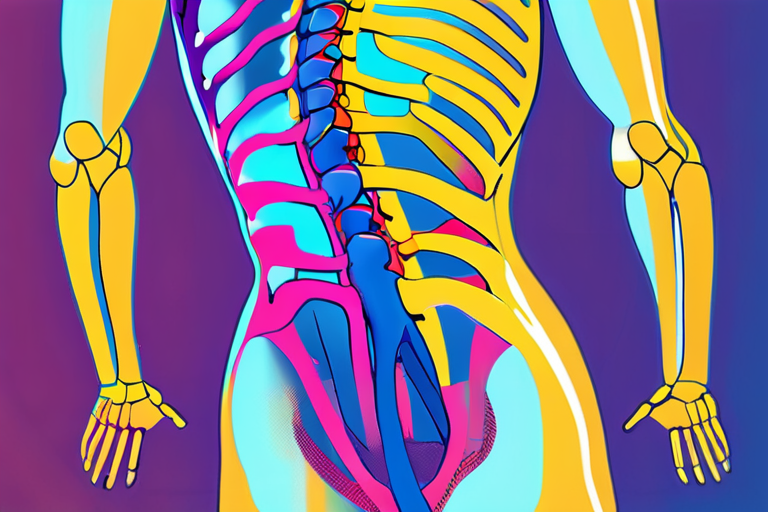



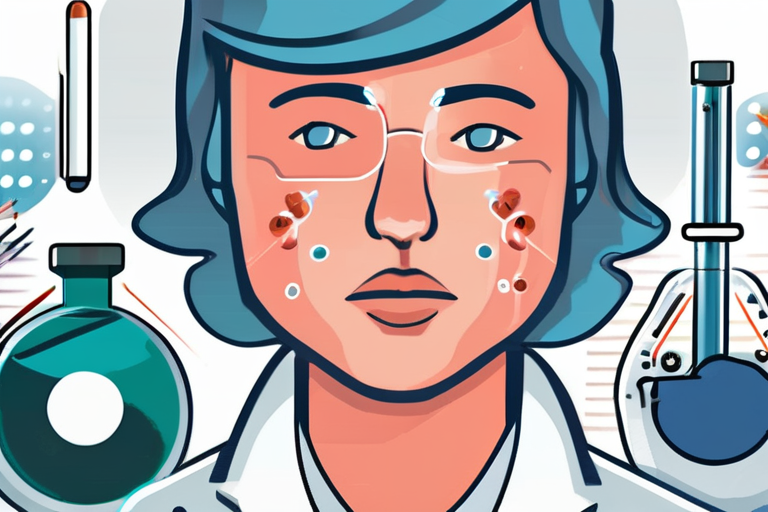
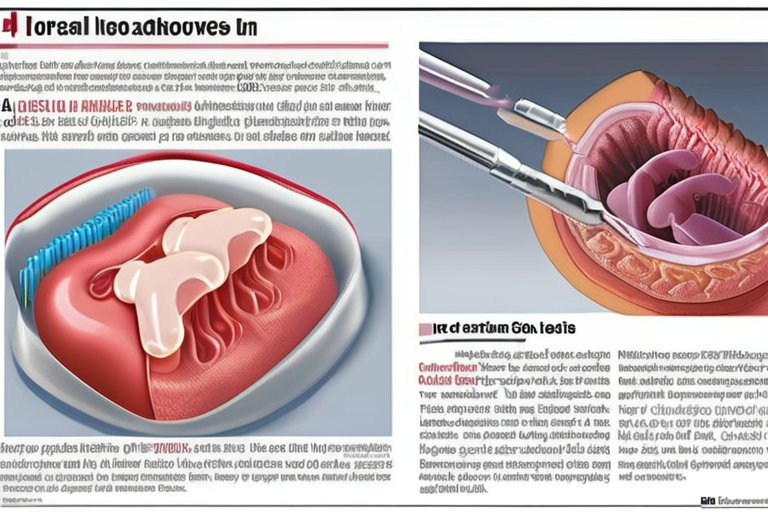




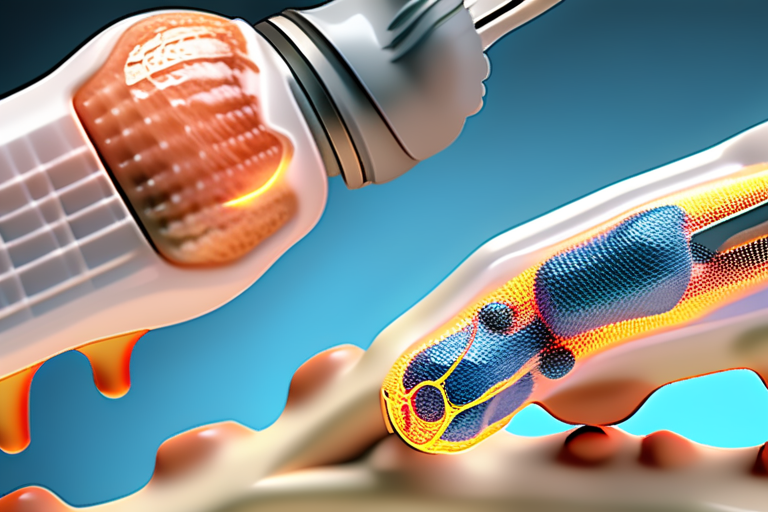
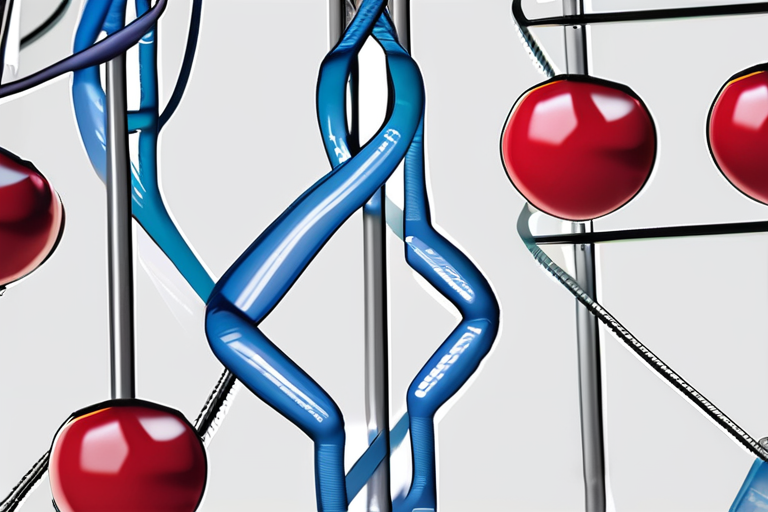


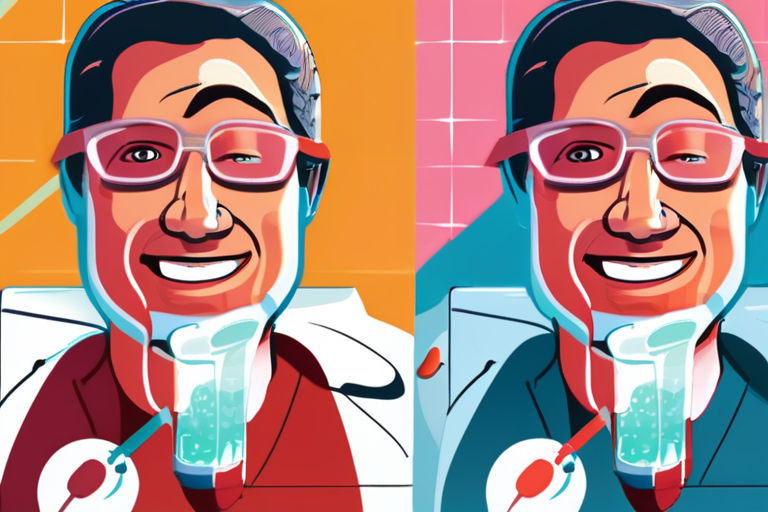
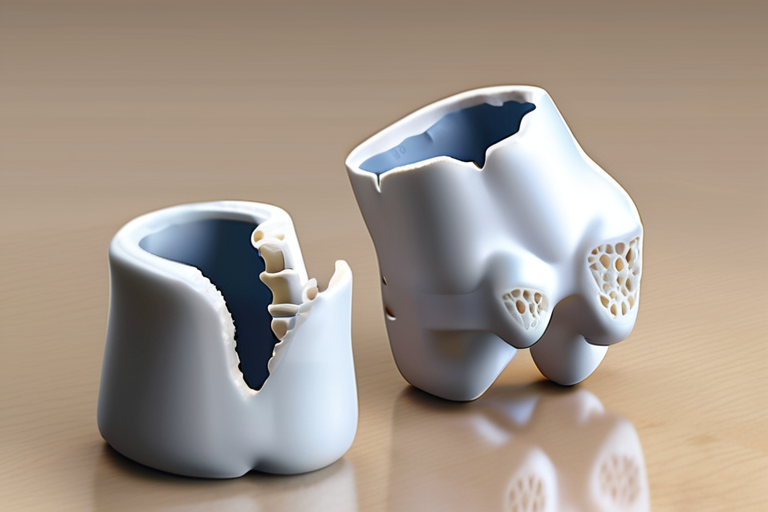
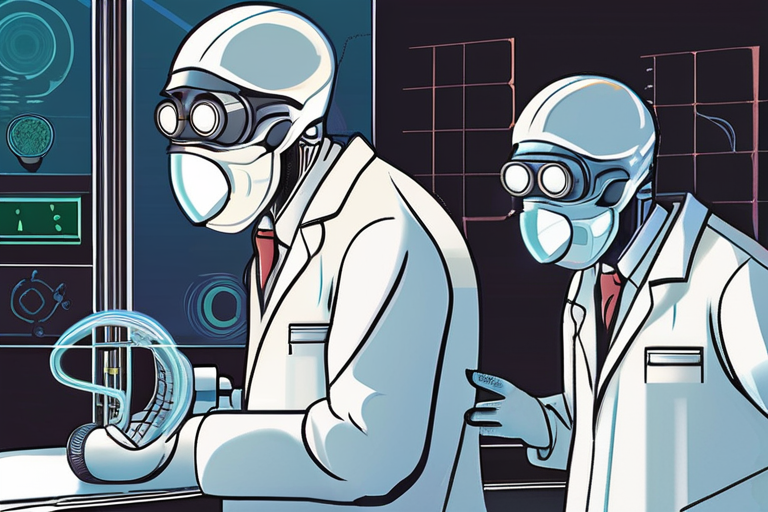
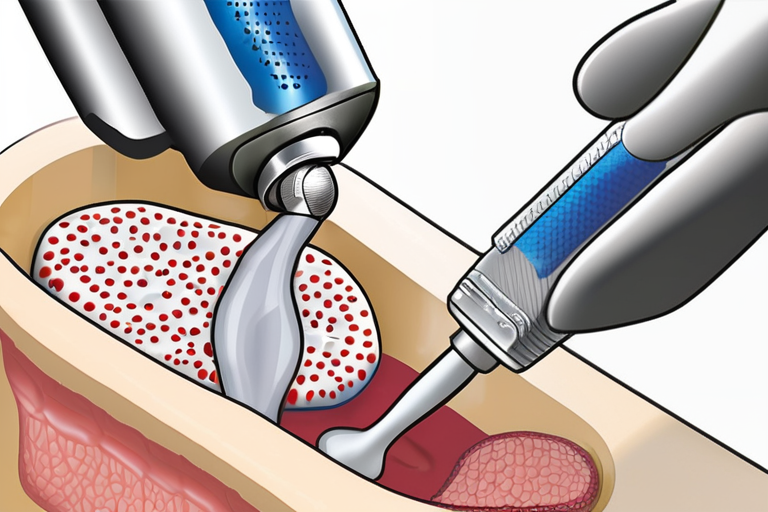



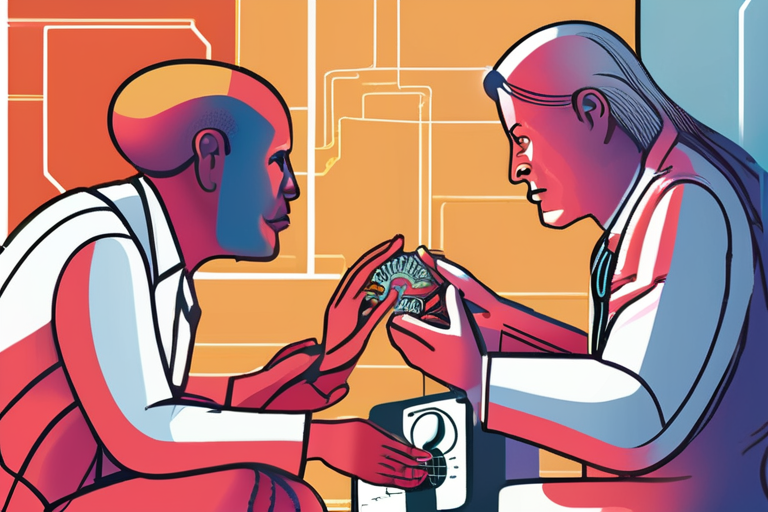




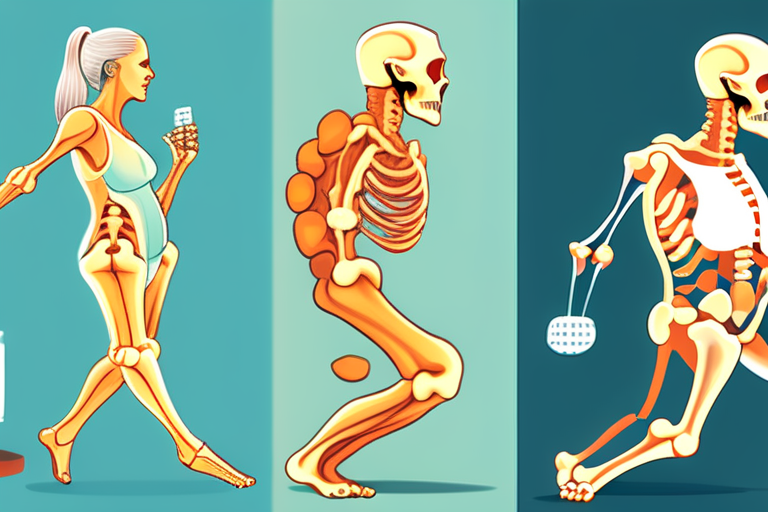
Share & Engage Share
Share this article